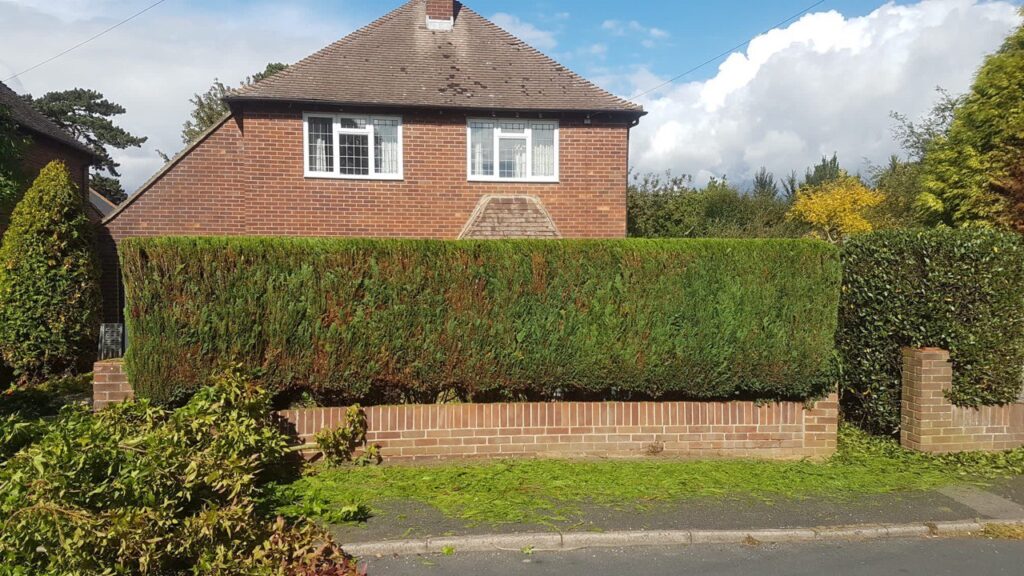Tree Crown Reduction: Evaluating Potential Risks and Benefits
Introduction: Tree crown reduction is a widely used arboricultural practice to manage the size and shape of a tree’s canopy. This technique involves carefully removing branches to reduce the overall crown size, which can provide numerous benefits. However, it also comes with certain risks. Understanding these potential risks and benefits is crucial for making informed decisions about your tree care strategy.
Benefits of Tree Crown Reduction
1. Improved Tree Health One of the primary benefits of crown reduction is improving tree health. Removing diseased, dead, or damaged branches reduces the risk of decay and pest infestations. This also allows more light and air to penetrate the canopy, promoting healthy growth and reducing the likelihood of fungal diseases.
2. Enhanced Safety Crown reduction can significantly enhance safety around your property. By reducing the size and weight of the crown, you lower the risk of branches breaking off during storms or high winds. This is particularly important for trees near buildings, roads, or public spaces.
3. Aesthetic Appeal: A well-executed crown reduction can improve the aesthetic appeal of a tree, making it more visually pleasing and enhancing the overall landscape. This technique can help maintain a tree’s natural shape while ensuring it is not overgrown or unbalanced.
4. Increased Light Penetration: Reducing the density of the canopy allows more sunlight to reach the ground beneath the tree. This can benefit understorey plants, lawns, and gardens that require ample light to thrive. It can also help improve the overall microenvironment around your property.
5. Clearance and Access Crown reduction is often used to increase clearance beneath the tree, providing better pedestrian, vehicle, or building access. This can be particularly useful for trees growing in urban environments or along pathways and driveways.
Potential Risks of Tree Crown Reduction
1. Stress to the Tree One of the significant risks associated with crown reduction is the potential stress it can cause to the tree. Excessive pruning or improper techniques can weaken the tree, making it more susceptible to diseases, pests, and environmental stresses.
2. Regrowth Issues Improper crown reduction can lead to rapid and weak regrowth. This new growth may be poorly attached and more prone to breakage, which can compromise the tree’s structural integrity. Ensuring that the pruning is done correctly is essential to avoid these issues.
3. Aesthetic Impact: While crown reduction can enhance a tree’s appearance, it can also have the opposite effect if not done properly. Poor pruning techniques can lead to an unnatural or unsightly shape, detracting from the tree’s natural beauty and landscape.
4. Loss of Vital Foliage Trees rely on their foliage for photosynthesis, essential for their growth and survival. Removing too much foliage during crown reduction can reduce the tree’s energy production, potentially leading to declining health and vitality.
5. Potential for Over-Pruning Over-pruning is a common risk in crown reduction. Removing too many branches at once can shock the tree and hinder its recovery. It is important to follow best practices and avoid removing more than 25-30% of the canopy in a single pruning session.
Conclusion: Tree crown reduction offers several benefits, including improved health, safety, and aesthetics, as well as increased light penetration and clearance. However, it also carries risks such as stress to the tree, regrowth issues, and potential loss of foliage. It’s essential to approach crown reduction with careful planning and proper techniques to ensure the best outcomes. Consulting with a professional arborist can help you evaluate the specific needs of your trees and execute crown reduction safely and effectively.
Call us on: 01462 418 496
Click here to find out more about Shefford Tree Surgeons
Click here to complete our contact form and see how we can help you with your tree’s needs.

